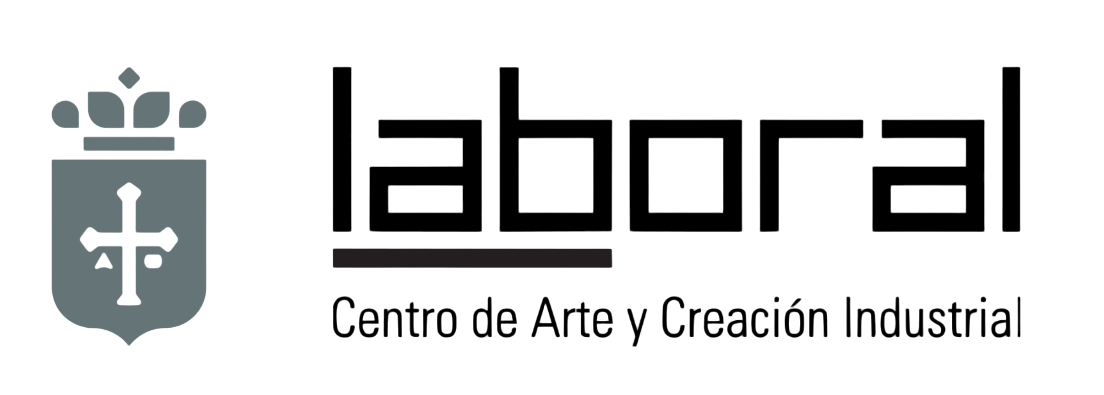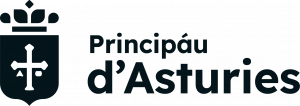Eurídice Cabañes, Carlos Padial y Luca Carrubba
25 April 2012 – 11 May 2012
Eurídice Cabañes holds a degree in Philosophy from the University of Valencia in 2007, a master’s degree in neuroscience from the University of Salamanca in 2009, and is currently writing her doctoral thesis on artificial creativity in the official postgraduate course in logic and philosophy of science, which is why she spent 2010 at Imperial College London, in the ComputationalCreativityGroup.
Her lines of research cover several disciplines such as philosophy, art, technology or cognitive sciences, focusing especially on the study of video games from a philosophical, pedagogical and gender perspective, both at a theoretical level (with the generation of papers, articles and book chapters), and practical (as with the participation in the Gamestar(t) or the design of video games that experiment with the interface as Audiogames).
He has organised and participated as a speaker in several conferences and seminars related to philosophy, synaesthesia, art and videogames.

Carlos Padial is a technician in plastic arts and design, specialising in artistic photography at the Oviedo School of Art, where he spent three years working as a photomechanic and where he learnt various craft techniques as well as the printing industry.
He takes the camera and cinematographic lighting course at Ars Séptima in Madrid, and works in the visual field for ten years.
Together with other colleagues, he founded a workshop-school for creators in Lavapiés where he discovered his vocation as an educator, and since then he has dedicated himself to giving courses and workshops on photography, film and open source software.
During the last two years he has worked as a freelance 3d artist on TV commercials, architectural mappings and even virtual scenography for opera shows.
As a Blender user since 2009, he considers it an excellent platform for almost any kind of visual creation and is currently doing independent research on open source cameras and a possible integration with Blender in an open cinema workflow.

Luca Carrubba, su producción artística se centra en la relación entre audio y vídeo (siempre compartiendo las prácticas y el código de ambas disciplinas) en relación con la percepción humana. Sus prácticas se guían por la filosofía DIY (Do ItYourself) , DOT (Do ItTogether), DIWO (Do ItWithOthers), el intercambio de conocimiento, la accesibilidad, el reciclaje, los movimientos sociales y los videojuegos. Ha organizado y participado en diversos workshops sobre tecnología, software y cultura libre en Italia, España, Alemania, Francia, Inglaterra, Argentina, Brasil, Colombia y China.
Graduado con honores en Sociología de la Comunicación en la Universidad de Roma- La Sapienza , Italia, sus proyectos recientes incluyen Qeve/gemQ, financiados por Telenoika and Hangar, centrados en los procesos creativos de la creación de flujos de datos a tiempo real en performances audiovisuales en vivo. Carruba es actualmente lecturer en New Media forArts at LABA – Brescia Academy of Fine Arts, y en la Carrara Academy of Fine Arts, Bergamo, Italia.

Project in residence
AudioGames
In our daily lives we are accustomed to getting around using mainly the sense of sight to obtain information about the world, and to interacting with the world through tangible contact with the objects that populate it. AudioGames proposes a new way of relating to space, in which sight is irrelevant as the only way to extract information about the installation space is sound; and in which the objects we interact with are intangible, as they are sound objects.
AudioGames consists of an interactive sound space in which the ‘blind’ user (it doesn’t matter whether he is blind or has perfect sight, as he cannot use his sense of sight in this environment) has to learn to move in a quadraphonic sound space and interact with it and with the objects that populate it through the movements of his body in the space. Meanwhile, the audience will be able to see the user’s interaction in the real space and at the same time will have access to the 3D visualisation of the interaction with the sound space, on a screen outside the user’s frame of vision.
The aim is to generate an interactive sound installation that allows the user to experience and develop in an environment solely through the sense of hearing, dispensing with the omnipresent image in our culture, and to try to experiment with sound.
Experimenting with other types of technological interfaces that transcend the classic, vision-oriented ones, allows blind people to participate while the rest of the users live new experiences and develop their perception of sound as well as image/sound synaesthesia.
This residency will take place in two parts: from 8 to 15 March and from 25 to 12 May.



